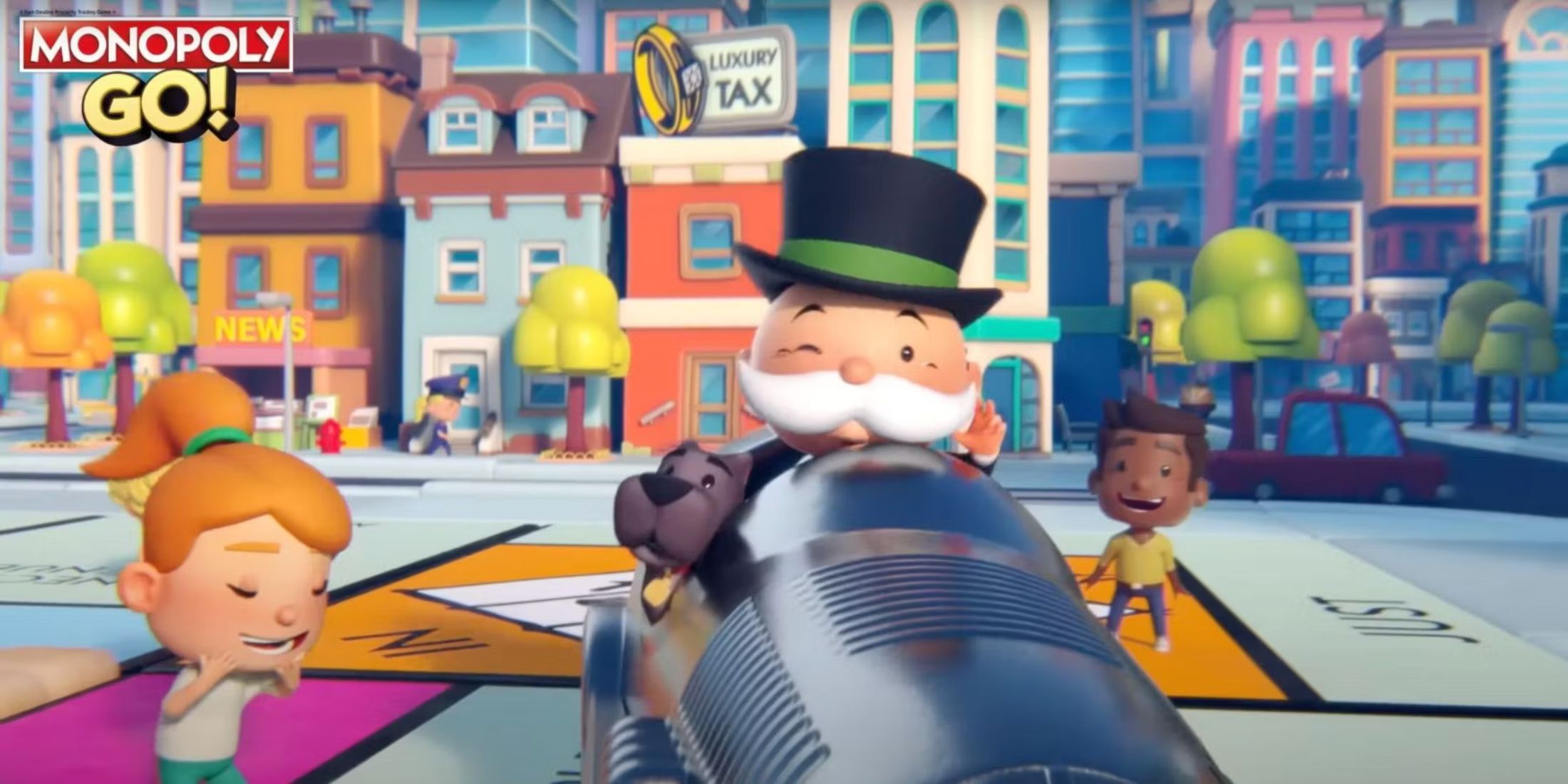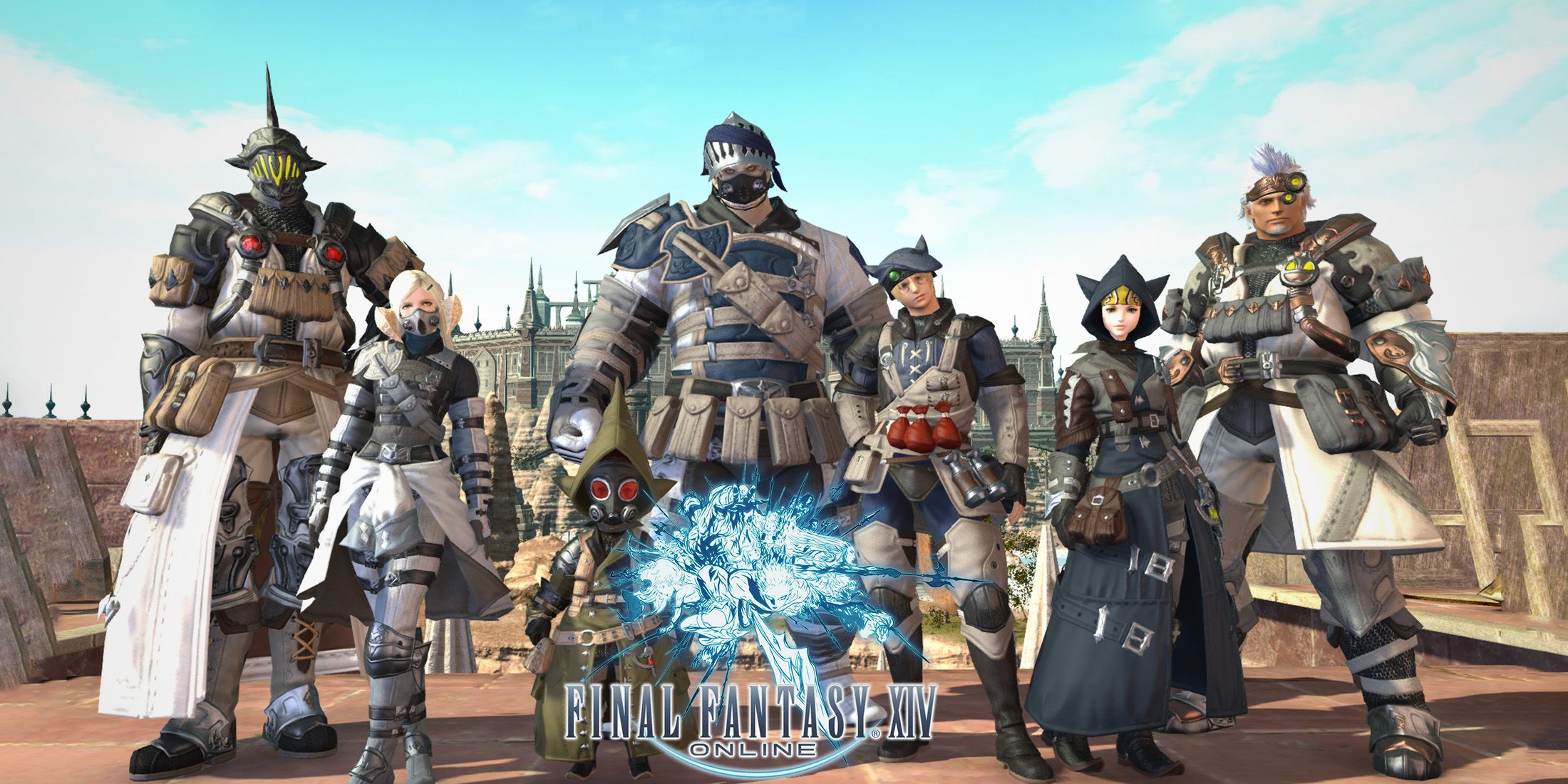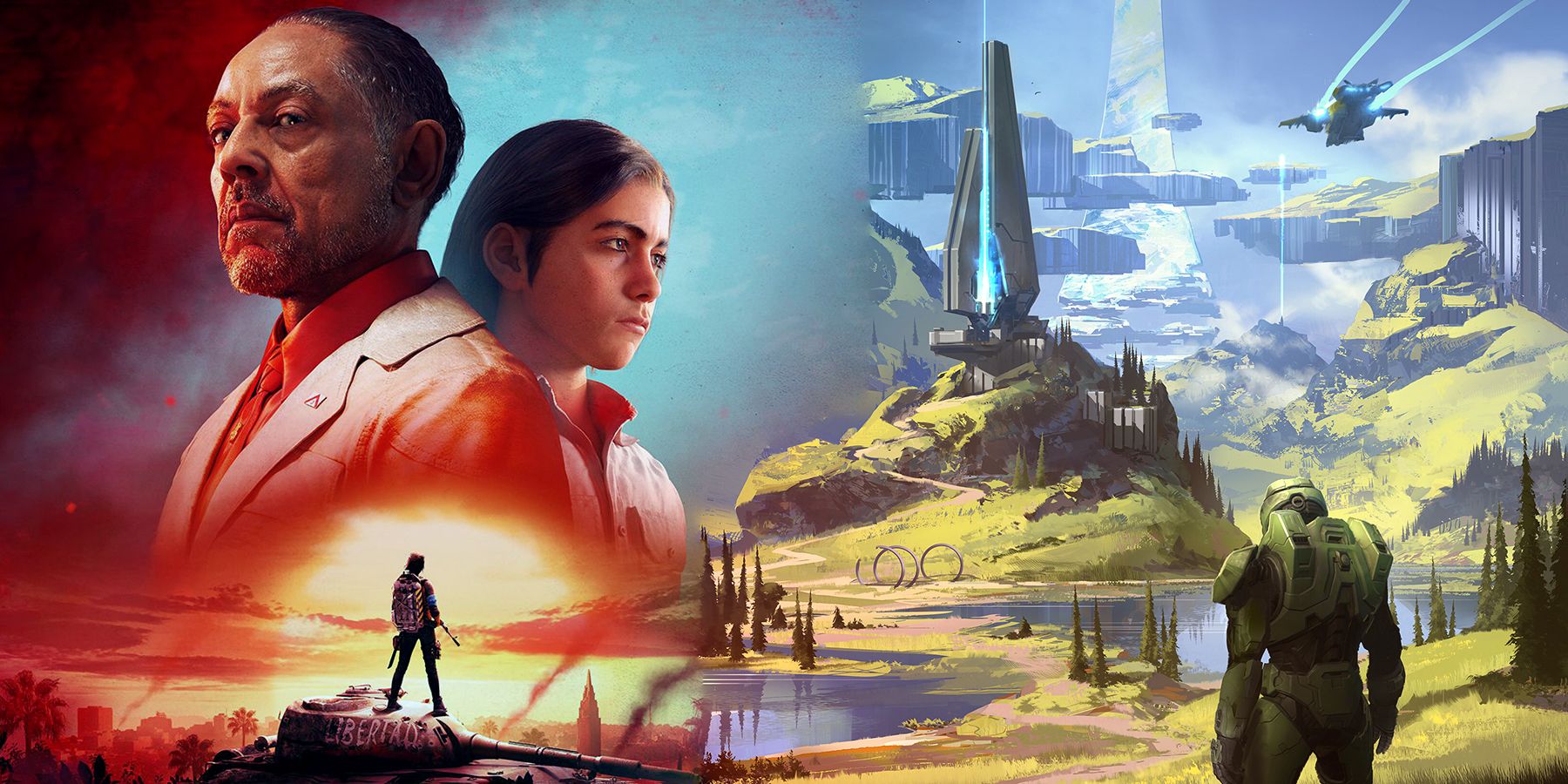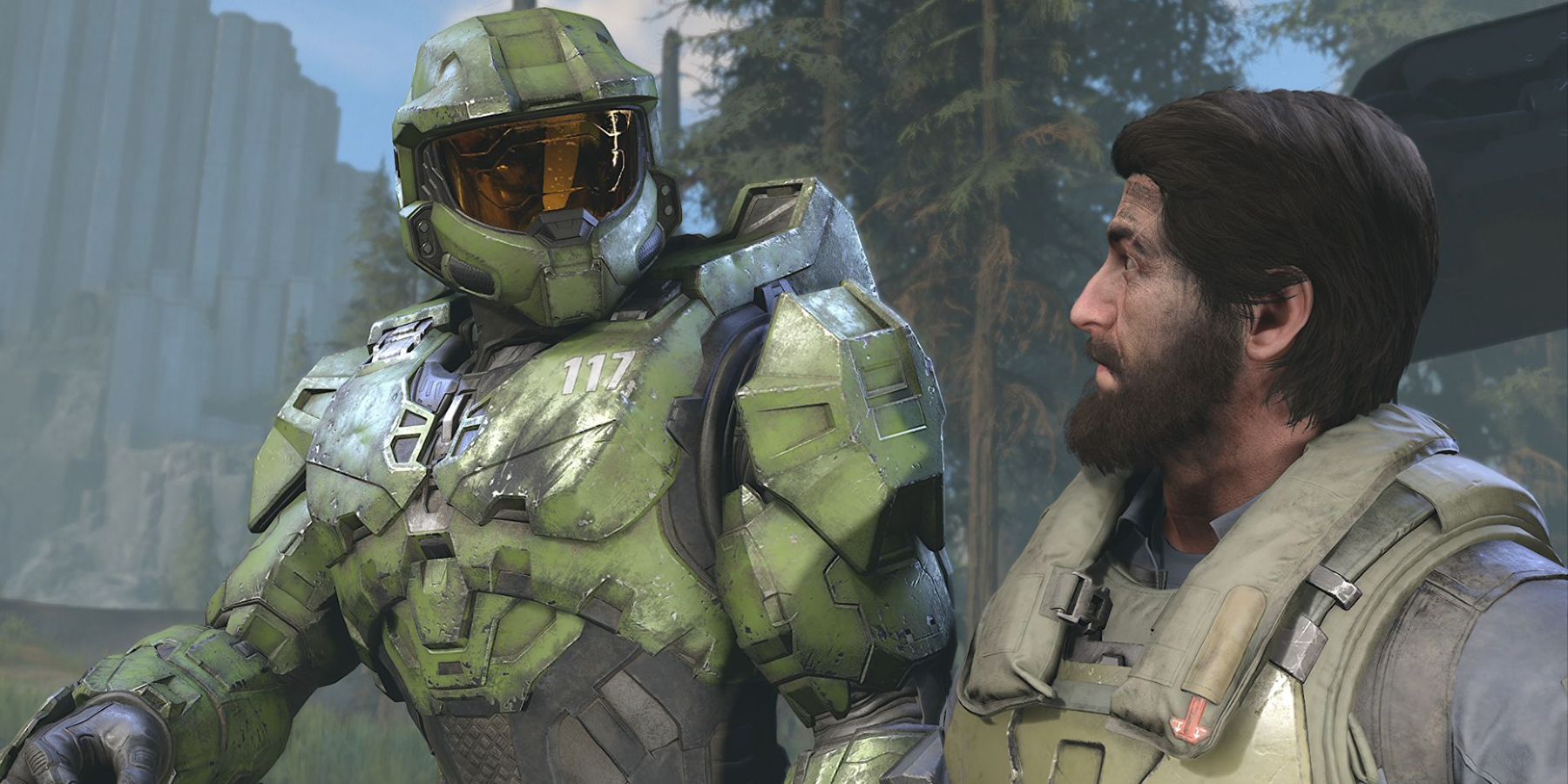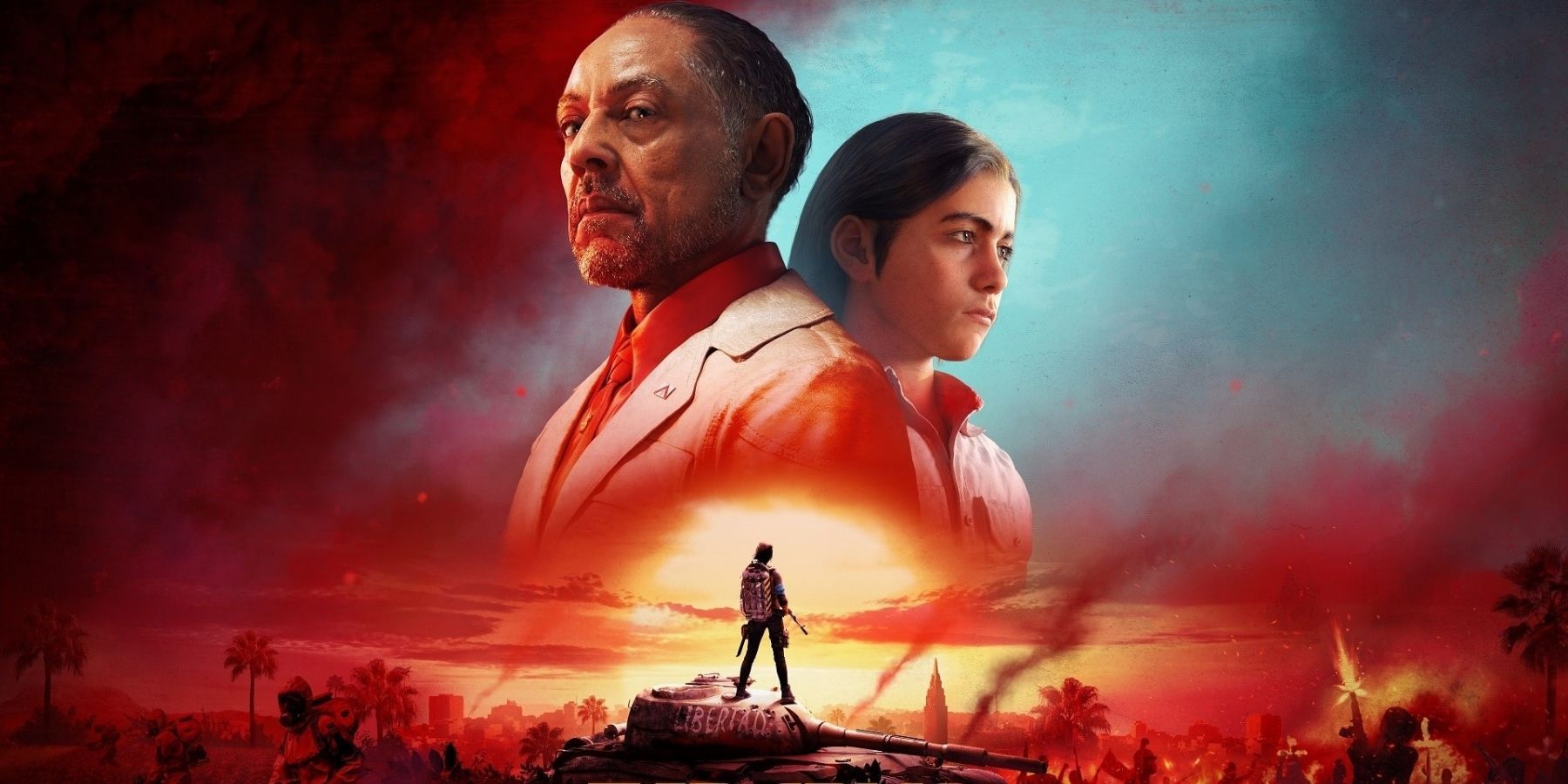Traditional Halo seems like it's been gone a long time, even when considering Halo 5: Guardians' 2015 release date. Compared to the rest of the Halo franchise, the wait between Halo 5 and a new mainline entry has been longer than it's ever been for the series. Without counting spin-off games like Halo Wars 2, it's been six years since a mainline Halo game has released, leading up to the recent release of Halo Infinite. However, if Halo 5's campaign was contentious among fans for being a less traditional Halo campaign, Halo Infinite's singleplayer adventure is an even greater departure. That being said, the reception of Infinite's campaign has been positive.
For the first time in the franchise, 343 Industries has brought the Halo series into an open-world format with the singleplayer campaign. Halo Infinite, after its explosive opening hour, lets players loose on to Zeta Halo, free to choose whatever tasks they want to complete first. It's certainly a unique change of pace compared to any previous Halo game, but has lead to a lot of Far Cry comparisons to Infinite's campaign, which makes a lot of sense at face value. Singleplayer campaigns for Halo have largely been designed as linear experiences with open-ended sandboxes, but this is the first time Halo is going truly open-world, and it's arguably doing what Far Cry does in a far more compelling manner.
Comparing Halo Infinite and Far Cry's Open-World Design
Far Cry comparisons mainly stem from the open-world mission design and structure of Halo Infinite, which upon first impression to those who've played Far Cry previously, will seem very familiar. However, in practice, Halo Infinite's setup and design of Zeta Halo's open world emphasizes a balance more recent Far Cry games have struggled to get a handle on. Zeta Halo's map and objective framework doesn't overload the player with nearly as many side missions, waypoints, collectibles, and various other things that can eventually lead to cluttered Ubisoft world maps. Halo Infinite by comparison is not devoid of tasks entirely, but isn't filled with superfluous objectives either.
The big differentiation between 343 Industries and Ubisoft's approach to open-world mission design is the degree of "formulaic" encounters present in the game's world. The term "formulaic" is a bit reductive on its own, but it does edge towards the gripes that critics had regarding Far Cry 6; the same design elements that went into crafting the worlds of Far Cry 3-5 are still very much apparent in Far Cry 6. That degree of familiarity has started to wane in effectiveness with each entry in the Far Cry series, but in Halo Infinite (even though there's no source of comparison from the Halo franchise itself) seems to have achieved that gameplay balance Far Cry once had.
For Halo Infinite, an open-world design is certainly new, but it also draws from what made Halo: Combat Evolved so special back in 2001. Liberating FOBs on the Zeta Halo, taking down high value targets from the Banished, exploring and finding all sorts of nooks and crannies filled with Spartan Cores and cosmetics, all culminate in evoking that same degree of wonder that the first Halo game had. Pair that with the awesome traversal of the grappling hook, FOBs providing the iconic Halo vehicles, and just general exploration, and exploring in Halo Infinite becomes very compelling.
It's hard to say if future Halo open-world campaigns will be able to maintain that same accomplishment, but newer Far Cry games have had a hard time recapturing that same level of wonder.
Halo Infinite's Subtle Context is Excellent
On a more subtle level, Halo Infinite also manages to nail the narrative and contextualization of its open world design. Far Cry games have often struggled to nail the balance between the story and its open world; the sense of urgency emphasized by the game's excellent villain designs are often offset by the wide open, task-filled worlds they take place in. Granted the Banished's various Brutes can be comparatively generic next to Vaas or Anton Castillo's nuanced character depictions in Far Cry, but they help to ramp up the stakes progressively over time, rather than right away.
Some Far Cry games do manage this narrative-gameplay balance serviceably, but Far Cry 5 in particular comes to mind as the prime example of the issue. Players arrive in Hope County to apprehend Joseph Seed as soon as possible, and yet there's so much time spent attempting to takedown his brothers and sister first. That's exactly where criticisms of Far Cry becoming "formulaic" stem from, as it's soon revealed that these three Seed siblings predictably control three different regions of Hope County. Players have to deal with all three before encountering Joseph Seed towards the end of the game, forcing the player to deal with each one at a time.
There's always a varying degree of dissonance between the villains' actions in a Far Cry game compared to what the player is able to do once the open-world finally opens up. The narrative sense of urgency in Halo Infinite actually matches the slow pace and ability to explore the world of Zeta Halo, subtly encouraging players to explore and rebuild the UNSC slowly.
Halo Infinite Exceeds By Doing The Opposite From Far Cry
The future of Halo campaigns isn't necessarily hinging on an open-world design, nor should it, in all fairness. Some of the most iconic Halo moments are well-crafted, linear moments that lead to the epic swells of the classic Halo trilogy. However, as a grand experiment for the franchise, 343 Industries has largely succeeded in merging an open-world with a compelling Halo story. Halo Infinite does a great job at remaining faithful to the overarching Halo franchise, but still manages to emulate the classic scenario design of Combat Evolved in an open-world framework. Far Cry made this same experiment with Far Cry 3, and it largely paid off for Ubisoft's franchise as well.
However, in that time, Far Cry's world design and story has become a bit habitual and rote. The villain designs have still remained largely excellent, and the Far Cry series has been right to rely on the strength of its star antagonists. However, as a result, other aspects of Far Cry games that have plateaued or otherwise remained the same in the last four mainline games have become less compelling over time. Endeavoring to make a more distinct open world instead of a less generic Escharum antagonist, as well as enhancing the gameplay loop with a great balance between the linear and non-linear, Halo Infinite's Zeta Halo surpasses more recent Far Cry games.
Halo Infinite is available now on PC and Xbox Series X/S.

